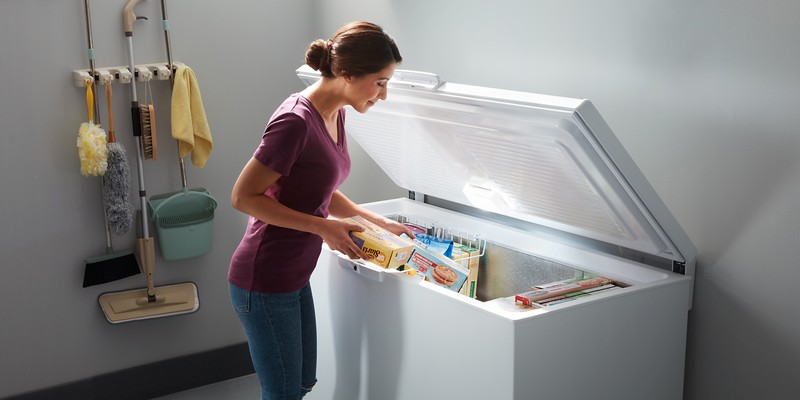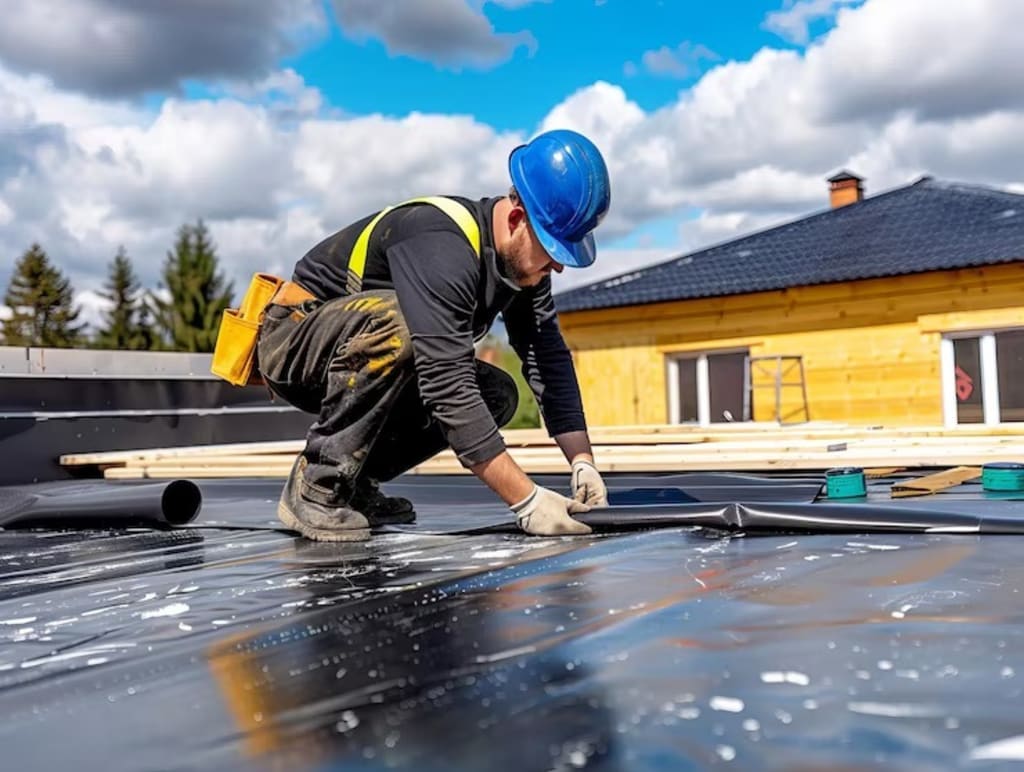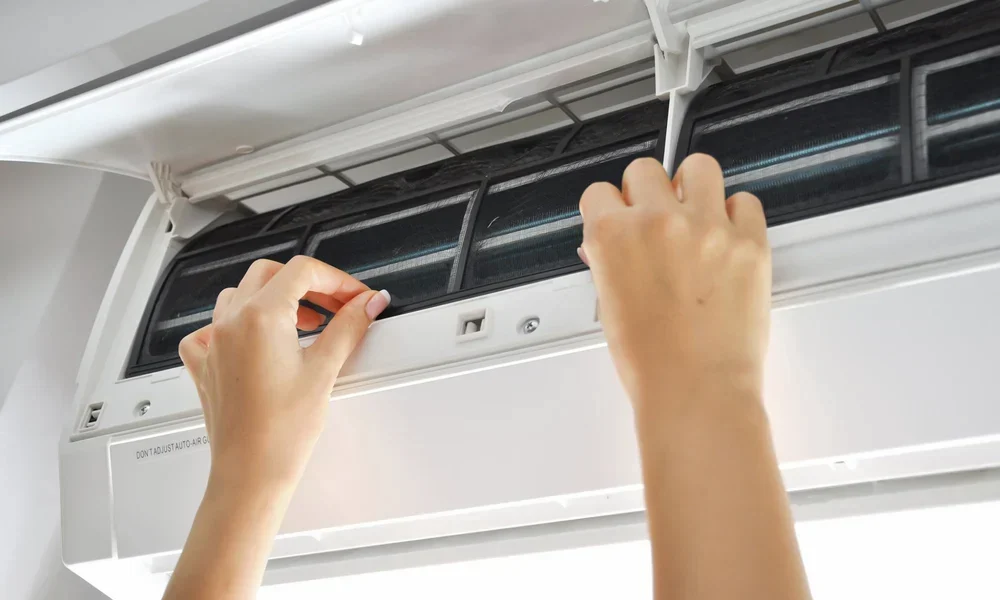Every homeowner faces plumbing problems ranging from minor annoyances to potential home-destroying catastrophes. Understanding the difference between urgent and manageable concerns can save dollars in repair costs and prevent extensive property damage.
Plumbing emergencies requiring immediate action
Water gushing from pipes demands instant intervention. A burst pipe can release up to 10 gallons of water per minute, causing severe structural damage within hours. Signs of a critical pipe burst include:
- Water spraying from walls or ceiling
- Significant water pooling on floors
- Loud hissing or rushing water sounds
- Visible pipe crack or complete rupture
Immediate steps for pipe bursts:
- Shut off main water valve immediately
- Open faucets to drain the remaining water
- Remove electrical devices from wet areas
- Contact a professional plumber within 24 hours
Sewage backups present another critical emergency. These occur when waste cannot exit your home’s plumbing system, creating health hazards. Warning signs include:
- Toilet water rising to overflow point
- Foul sewage odour in bathrooms
- Multiple drains backing up simultaneously
- Gurgling sounds from toilets or drains
Moderate plumbing concerns requiring attention
Some plumbing issues do not require immediate emergency response but should be addressed within 1-2 weeks. Persistent leaks under sinks or constant dripping faucets can waste up to 3,000 gallons and cause gradual water damage. See here to understand the common moderate plumbing concerns:
- Slow-draining sinks
- Minor pipe leaks
- Inconsistent water pressure
- Small toilet leaks around the base
- Occasional pipe condensation
Temporary management strategies:
- Use a bucket to catch consistent drips
- Apply pipe tape for minor leak containment
- Clean aerators to improve water flow
- Monitor affected areas for expansion
Critical signs of major plumbing failures
Some symptoms indicate potential catastrophic plumbing system failures that require professional assessment within 48-72 hours:
- Water discolouration (brown or rust-coloured)
- Sudden pressure drops across multiple fixtures
- Unexplained 20% increase in water bills
- Recurring pipe noises (banging or whistling)
- Visible pipe corrosion or mineral buildup
Water pressure drops can signal severe pipe deterioration. Typical home water pressure ranges between 40-80 PSI. Anything below 30 PSI or above 85 PSI requires immediate professional evaluation.
Preventive maintenance strategies
Regular home plumbing inspections can prevent most emergencies. Critical maintenance includes:
- Check exposed pipes quarterly for corrosion
- Inspect under-sink areas monthly for moisture
- Test water pressure annually
- Clear drain lines every six months
- Insulate pipes in unheated areas before winter
Water meter monitoring provides early leak detection. Compare monthly readings and investigate any unexplained increases. A hidden leak can waste up to 10,000 gallons annually, causing significant structural damage.
Temperature plays a crucial role in pipe maintenance. In regions with freezing winters, pipe insulation becomes critical. Unprotected pipes can burst when water temperature drops below 32°F, causing extensive damage. Professional plumbers recommend comprehensive home plumbing inspections every two years. These detailed assessments can identify potential issues before they escalate into costly emergencies. An hour-long professional inspection typically costs between $100-$250, significantly less than potential water damage repairs.
The age of pipes, water quality, and local climate conditions all impact the plumbing system’s health. A proactive approach saves money, prevents property damage, and ensures consistent home comfort.




